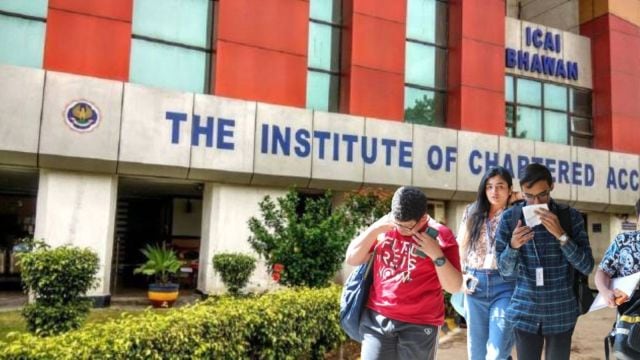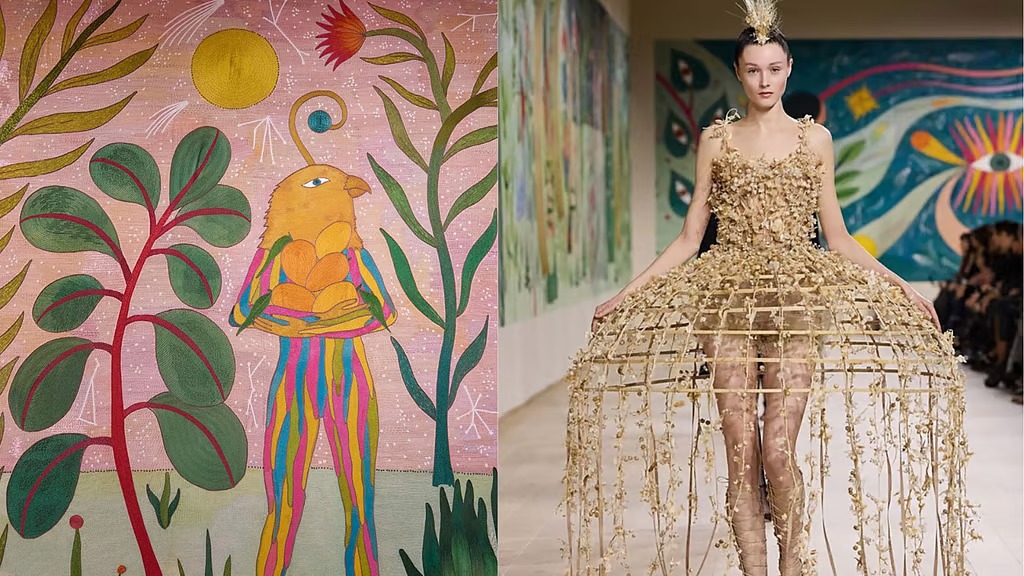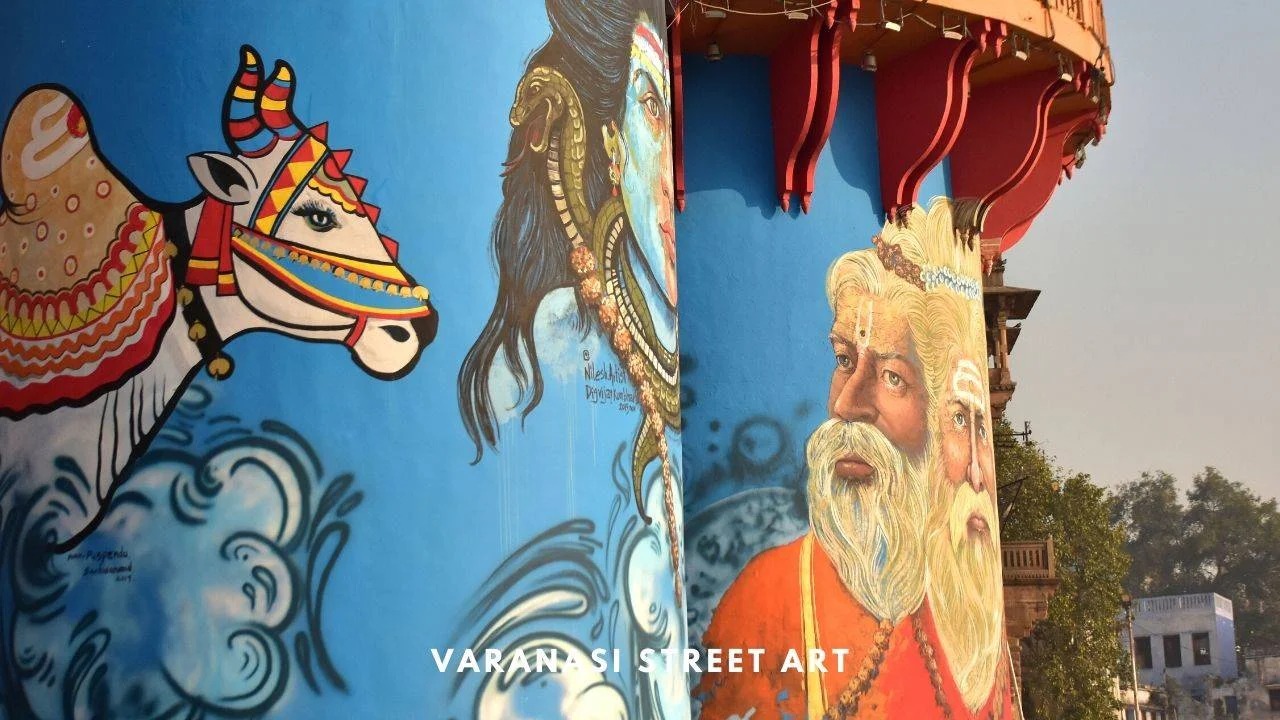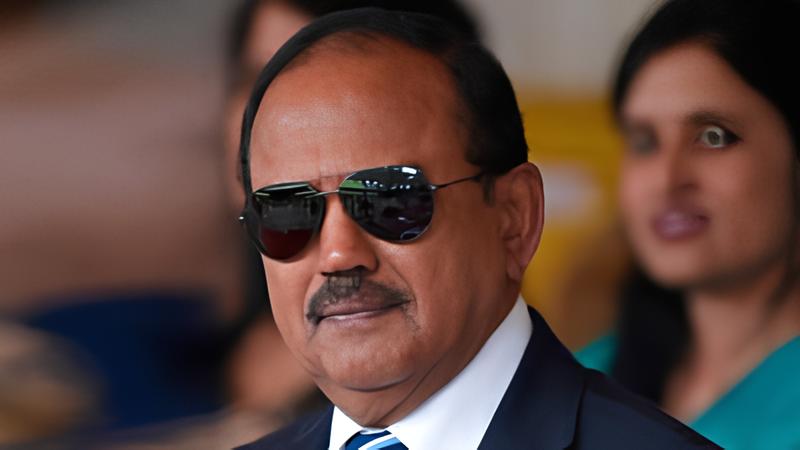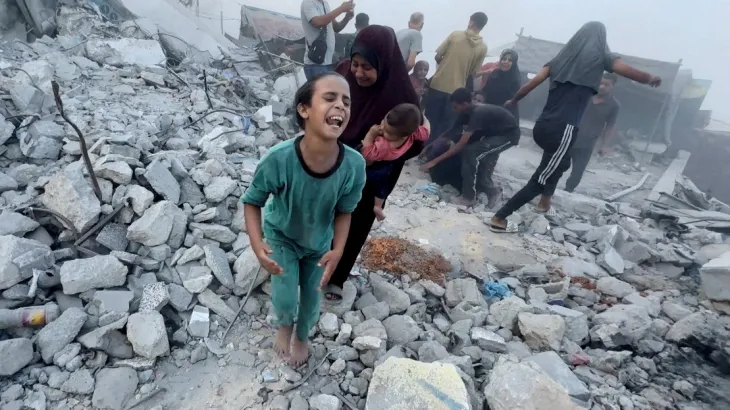From Gurukul to Global Influence: The Evolution of Education in India!
- ByAakriti Garg
- 28 Jan, 2025
- 0 Comments
- 2
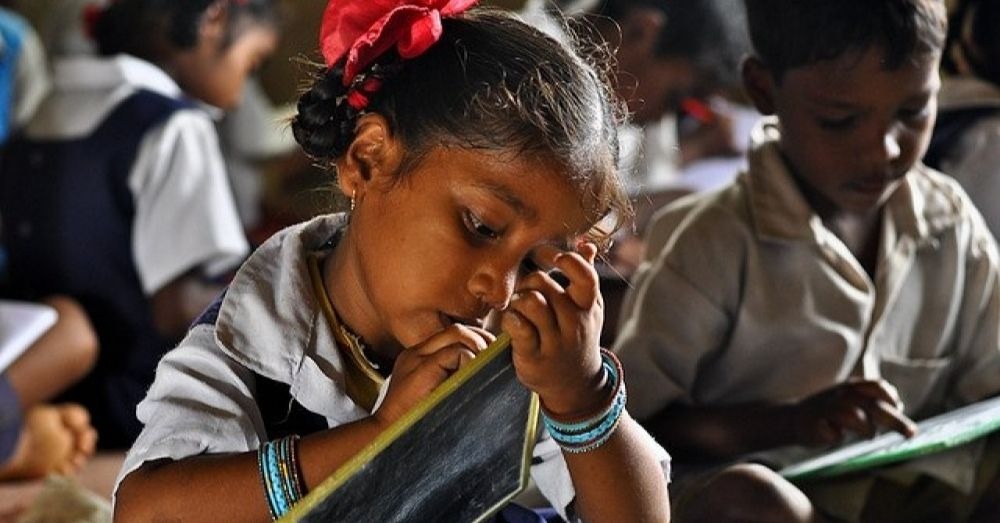
Education in ancient India commenced under the guidance of a guru or preceptor, with the system known as Gurukula. This system emphasized a deep bond between the guru and shishya (student), forming the cornerstone of the learning process. Taxila, one of the earliest centers of higher learning, dates back to the 8th century BCE. However, it lacked the formal structure of a modern university, unlike Nalanda in eastern India, which is considered the oldest university system in the world. At Nalanda, subjects were taught in the Pali language, offering a structured and organized mode of education.
Secular institutions began emerging alongside Buddhist monasteries, focusing on practical fields like medicine. From 500 BCE to 400 CE, centers such as Nalanda, Vikramashila, and Odantapuri flourished as hubs of learning, attracting students from foreign lands. These institutions covered topics like Buddhist Pali literature, logic, and grammar. Chanakya, a prominent teacher of the time, contributed significantly to education and politics, particularly in founding the Mauryan Empire.
Historically, education was offered by Shramanas and Brahmanas through donations rather than charging fees. Over time, stupas and temples became educational centers, blending religious teachings with secular subjects like Ayurveda, crafts, and architecture. Students were required to practice celibacy (brahmacharya) to focus on learning.
The advent of Islam introduced new educational practices in India. Pre-Mughal rulers, such as Qutb-ud-din Aybak, established institutions that imparted religious and secular knowledge. Scholars like Nizamuddin Auliya and Moinuddin Chishti set up Islamic monasteries. Madrassas and maktabs taught subjects like grammar, philosophy, mathematics, and law, integrating science and humanities, often influenced by Persian and Greek traditions.
Under British rule, the education system underwent significant changes, with English becoming a medium of instruction. Vernacular schools taught local languages and arithmetic, while missionary schools emerged in the 1820s, solidifying British education in India. This period marked a shift toward a more centralized and standardized education system that blended traditional and Western methods.
Post a comment
Are rent and lease the same thing?
- 03 Jan, 2025
- 2
Delhi High Court Dismisses Plea to Revise CA Exams
- 08 Apr, 2024
- 5
Rithika Merchant’s Matriarchal-Inspired Art Shines at Dior’s SS25 Show
- 04 Feb, 2025
- 2
Walls that Speak: How Street Art Shapes the Soul of...
- 28 Jan, 2025
- 2
Who is India’s Mastermind of National Security and Strategic Operations?
- 02 Jan, 2025
- 2
Categories
Recent News
Daily Newsletter
Get all the top stories from Blogs to keep track.









